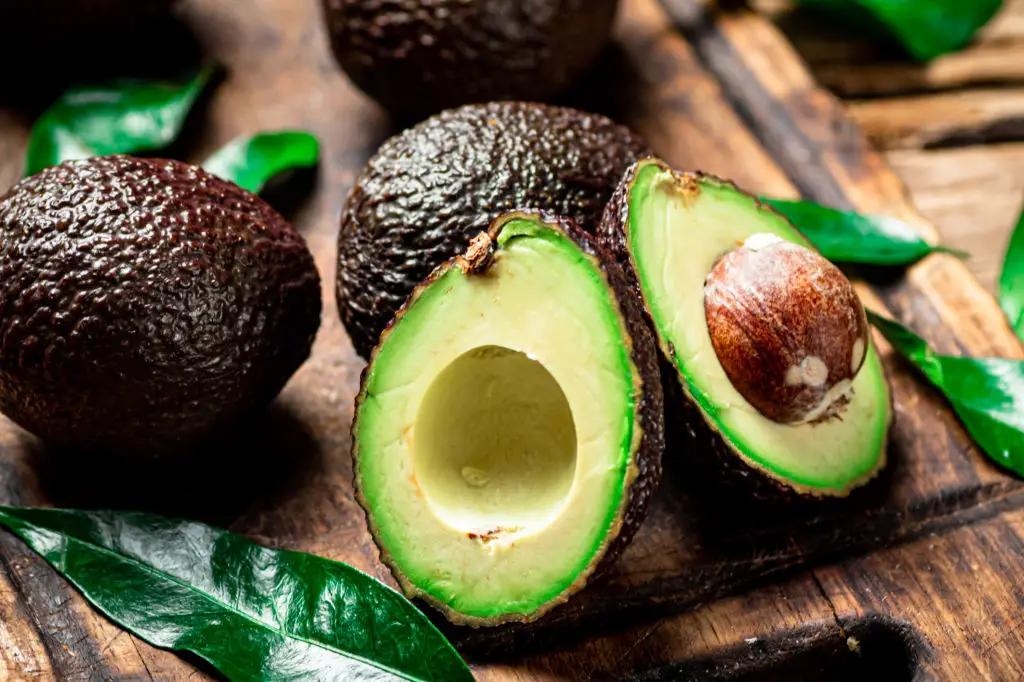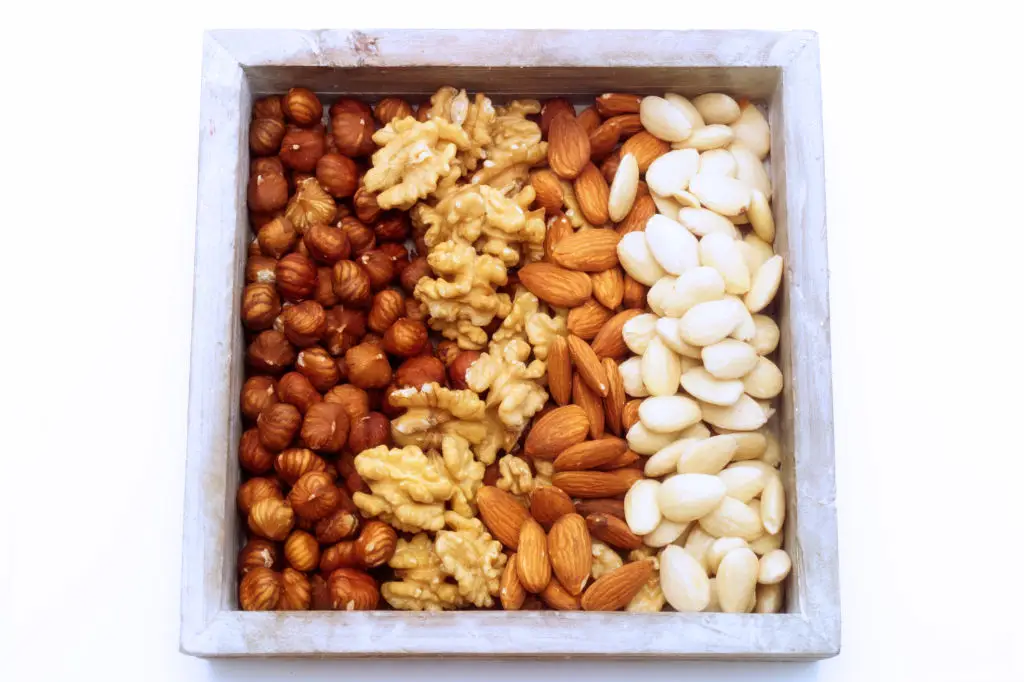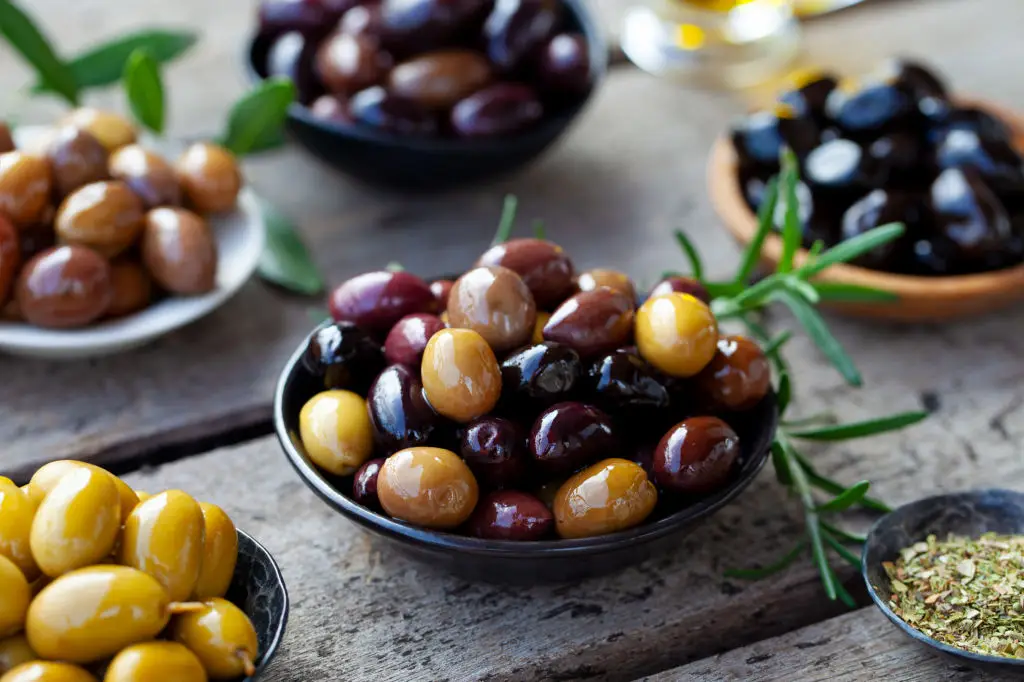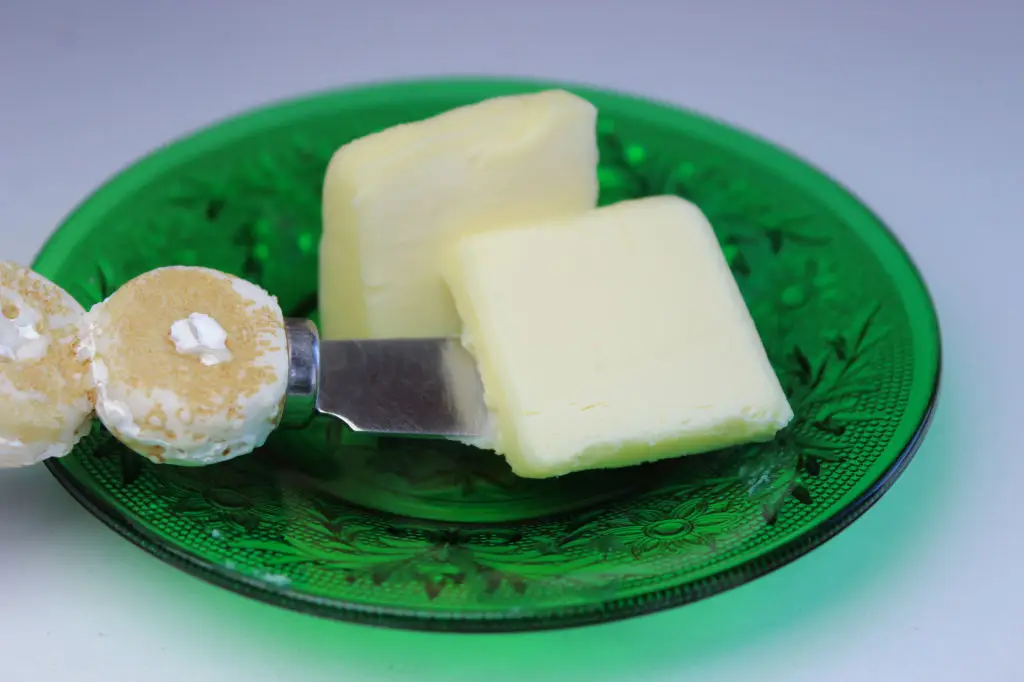11 'Forbidden' High-Fat Foods Your Heart Secretly Loves
Cholesterol confusion is everywhere: one headline vilifies fat, the next praises it. If that makes you want to throw up your hands, you’re not alone. The truth is more useful than the headlines—some high-fat foods have nutrients that support heart health when they replace ultra-processed fare or excess saturated fat. Researchers and clinicians now emphasize the source of fat. For example, the American Heart Association recommends limiting saturated fat to roughly 13 grams on a 2,000-calorie day, and a single tablespoon of butter already carries about seven grams. That kind of detail matters because it shows how food choices fit into a whole day, not as moral victories or failures. This list looks beyond blanket labels and highlights 11 high-fat whole foods that can belong on a heart-minded plate. For each one you’ll get why it helps the heart, easy ways to enjoy it, and sensible cautions for portion control or special situations. Think of this as a practical guide for swapping and upgrading your usual choices—small changes that nudge lipids, inflammation, and overall well-being in a better direction. No strict rules, just real-food options you can use in everyday life.
1. Avocados

Avocados are a creamy, satisfying source of monounsaturated fat—mainly oleic acid—that can help improve cholesterol numbers when they replace saturated fats. They also bring fiber, potassium, vitamin E, and plant sterols, which all support heart-friendly eating. Instead of slathering butter on toast, try mashed avocado with lemon and a sprinkle of pepper for a similar, more nutritious mouthfeel. A typical serving is about half a medium avocado; that offers healthy fat and fiber without going overboard on calories for the day. For people watching calories, combine avocado with high-fiber vegetables or whole-grain toast to stretch the serving. Avocado works well in smoothies, salads, and dressings; its fat also helps your body absorb fat-soluble vitamins from vegetables. If you’re on a sodium-restricted plan, skip heavily salted toppings. And if you have a history of pancreatitis or specific digestive issues, discuss higher-fat foods with your clinician. Most people find avocados a practical, heart-helpful swap for less healthy spreads.
2. Fatty Fish (salmon, mackerel, sardines)

Fatty fish like salmon, mackerel and sardines are among the most reliably heart-helpful high-fat foods because they supply long-chain omega-3s (EPA and DHA). These fats support healthy triglyceride levels and have favorable effects on blood vessel function and inflammation, especially when consumed regularly as part of a balanced eating pattern. Aim for about two servings per week of fatty fish, which can be fresh, frozen, or canned in water or olive oil. Canned sardines offer the extra bonus of edible bones, which provide calcium and make them a softer option for older adults who prefer gentler textures. Prepare fish simply—bake, grill, or poach—and pair it with vegetables and whole grains. For those on blood-thinning medications or with specific medical conditions, check with your provider about higher seafood intake. Also be mindful of mercury with some larger species; choosing a variety of low-mercury fatty fish helps you get the benefits with minimal risk.
3. Extra Virgin Olive Oil

Extra virgin olive oil is a staple of Mediterranean-style eating and one of the simplest swaps for heart care: use it in place of butter or refined vegetable oils. Rich in monounsaturated fats and polyphenols, it supports healthy blood vessel function and is satisfying on salads, roasted vegetables, and whole grains. Choose cold-pressed, extra virgin varieties for the best flavor and antioxidant content, and store bottles in a cool, dark place to preserve quality. Use olive oil as a finishing touch or for low- to medium-heat cooking. Because oil is calorie-dense, measure portions—about a tablespoon adds flavor and benefits without overwhelming daily calories. If you want to make everyday cooking more heart-minded, use olive oil for dressings and light sautés, and reserve butter or ghee for occasional use where flavor matters most.
4. Nuts (walnuts, almonds)

Nuts are portable, nutrient-dense sources of unsaturated fats, fiber, plant protein, magnesium and other micronutrients that support heart health. Regular nut intake is associated with improved cholesterol profiles when nuts replace snacks high in refined carbs or saturated fat. Walnuts are particularly rich in plant-based omega-3 ALA, while almonds offer vitamin E and magnesium. A practical portion is a small handful—about 1 ounce—so you enjoy the benefits without excess calories. Add nuts to salads, oatmeal, or yogurt, or keep small pre-portioned bags for smart snacking. Choose raw or dry-roasted nuts with little or no added salt or sugar. If you have nut allergies, of course avoid them; otherwise, nuts are a sustainable, heart-friendly fat source that fits many eating patterns and tastes.
5. Seeds (chia, flax)

Chia and flax seeds pack a lot of heart-helpful nutrition into tiny packages: fiber, plant-based omega-3 ALA, and minerals. These seeds support healthy lipids and help stabilize blood sugar and appetite when added to whole foods. Ground flax is easier to digest and absorb than whole seeds, so sprinkle it on yogurt or mix it into smoothies. Chia can be soaked to create a pudding-like texture or stirred into oatmeal for extra fiber and a feeling of fullness. Typical daily amounts are small—a tablespoon or two—yet they add meaningful nutrients. Because they absorb liquid, hydrate them properly before eating. If you take certain medications or have swallowing issues, discuss seeds with your clinician to ensure they’re a safe match for your routine.
6. Dark Chocolate (70% cocoa or higher)

Dark chocolate with 70% cocoa or higher contains flavanols—plant compounds that support blood vessel function and may have modest benefits for heart markers when enjoyed in small amounts. The caveat is sugar and calories: choose bars with minimal added sugar and savor a small portion, like one or two squares, rather than a large serving. Pairing a square with nuts or berries stretches satisfaction and helps you keep portions sensible. Think of dark chocolate as an occasional, pleasure-focused addition rather than a daily primary fat source. If you have diabetes or are tracking calories closely, mind portion sizes and count the treat as part of your daily plan. The point is that a little dark chocolate can be a heart-friendly indulgence when balanced with overall nutritious eating.
7. Olives

Whole olives bring monounsaturated fat and polyphenols, and they make it easy to add flavor without heavy sauces. Use olives chopped in salads, grain bowls, or as a garnish to boost taste while keeping portions modest. One practical note: jarred olives can carry a lot of sodium, so rinse them briefly before eating or choose lower-sodium brands. Olives are different from olive oil because they include fiber and texture, but both contribute the same beneficial fat family. Avoid highly processed olive-flavored spreads that mimic the look of whole olives; whole or jarred olives offer the real nutrients and a satisfying briny flavor that helps you eat less of other, less healthy items.
8. Eggs

Eggs are a compact source of high-quality protein, vitamins, and healthy fats. Once demonized because of dietary cholesterol, eggs are now viewed more moderately: most people can enjoy eggs without major cholesterol harm when overall diet quality is good. Eggs are versatile—poached on whole-grain toast with tomatoes, hard-boiled for quick protein, or stirred into vegetable-rich scrambles. If you have a personal or family history of high LDL that hasn’t responded to lifestyle measures, ask your clinician whether to limit yolks. For many older adults, eggs are a practical, affordable protein and healthy-fat source that supports muscle maintenance and satiety. Balance egg intake with plenty of vegetables and fiber-rich sides for the best cardiovascular profile.
9. Full-Fat Yogurt (plain, fermented)

Plain, full-fat fermented yogurt delivers protein, probiotics and fat that help you feel full and satisfied. Unlike some sweetened low-fat products where sugar replaces fat, plain full-fat yogurt doesn’t necessarily worsen heart outcomes and can be part of a balanced eating pattern. Choose unsweetened varieties and add fresh fruit, nuts, or seeds for flavor and fiber. Greek yogurt gives extra protein and a thick texture, which works well in savory dips or as a base for fruit. If you’re watching total calories, stick to sensible servings (about ¾ to 1 cup). Also watch added sugars in flavored yogurts—those can negate the benefits. People with lactose intolerance can often tolerate fermented yogurts better, but listen to your body and adjust as needed.
10. Grass-Fed Butter (in moderation)

Research has noted modest differences in grass-fed butter—slightly higher omega-3s and conjugated linoleic acid compared with conventional butter—but butter remains a concentrated source of saturated fat. Use it as a flavoring rather than a primary fat. For everyday cooking and dressings, olive oil is a heart-friendlier choice; reserve a small pat of grass-fed butter to finish roasted vegetables or to flavor whole-grain toast without excess. Remember the American Heart Association guidance about saturated fat: small amounts of butter can fit into a varied, whole-food diet, but watch cumulative saturated fat across the day. If you swap butter for olive oil, nuts, or avocado in many recipes, you’ll keep the joy of rich flavors while improving overall fat quality.
11. Aged, Lower-Sodium Cheeses (Parmigiano-Reggiano, Manchego)

Certain aged cheeses are flavorful enough that a small amount goes a long way. Parmigiano-Reggiano, Manchego, or a well-aged cheddar can satisfy cravings for richness while providing protein and calcium. Because cheese is calorie- and saturated-fat dense, practice portion control—try a 1-ounce piece paired with fruit or whole-grain crackers to make it feel indulgent without overdoing it. Choose lower-sodium options when possible and avoid processed cheese spreads. Aging concentrates flavor, so smaller amounts deliver pleasure. If you have specific cholesterol or sodium concerns, discuss cheese choices with your clinician, but for many people an ounce or two of high-quality cheese can be part of a heart-minded eating pattern when the rest of the day emphasizes whole foods and unsaturated fats.
Heart-Minded Swaps and Simple Next Steps

If you leave this list with one practical habit, let it be this: swap more often than you restrict. Replace ultra-processed snacks and spreads high in refined oils or added sugars with whole-food fats from this list—avocado instead of butter, fatty fish a couple of times a week instead of fried convenience meals, or a small handful of nuts in place of chips. Those swaps change the profile of your daily fat intake and help steer cholesterol and inflammation in a better direction. Remember the small-but-powerful rules: watch portions, prioritize whole foods, and keep an eye on added sodium and sugars that hide in prepared foods. Healthy aging is about sustainable choices, not all-or-nothing rules. If you’re managing medications, familial cholesterol conditions, or other health concerns, use this list as a starting point and check in with your clinician or registered dietitian to personalize the plan. Try two simple swaps this week—one at breakfast and one at dinner—and notice how satisfying small changes can feel. Over time, those gentle shifts add up, helping your heart and energy without making you give up the foods you love.
